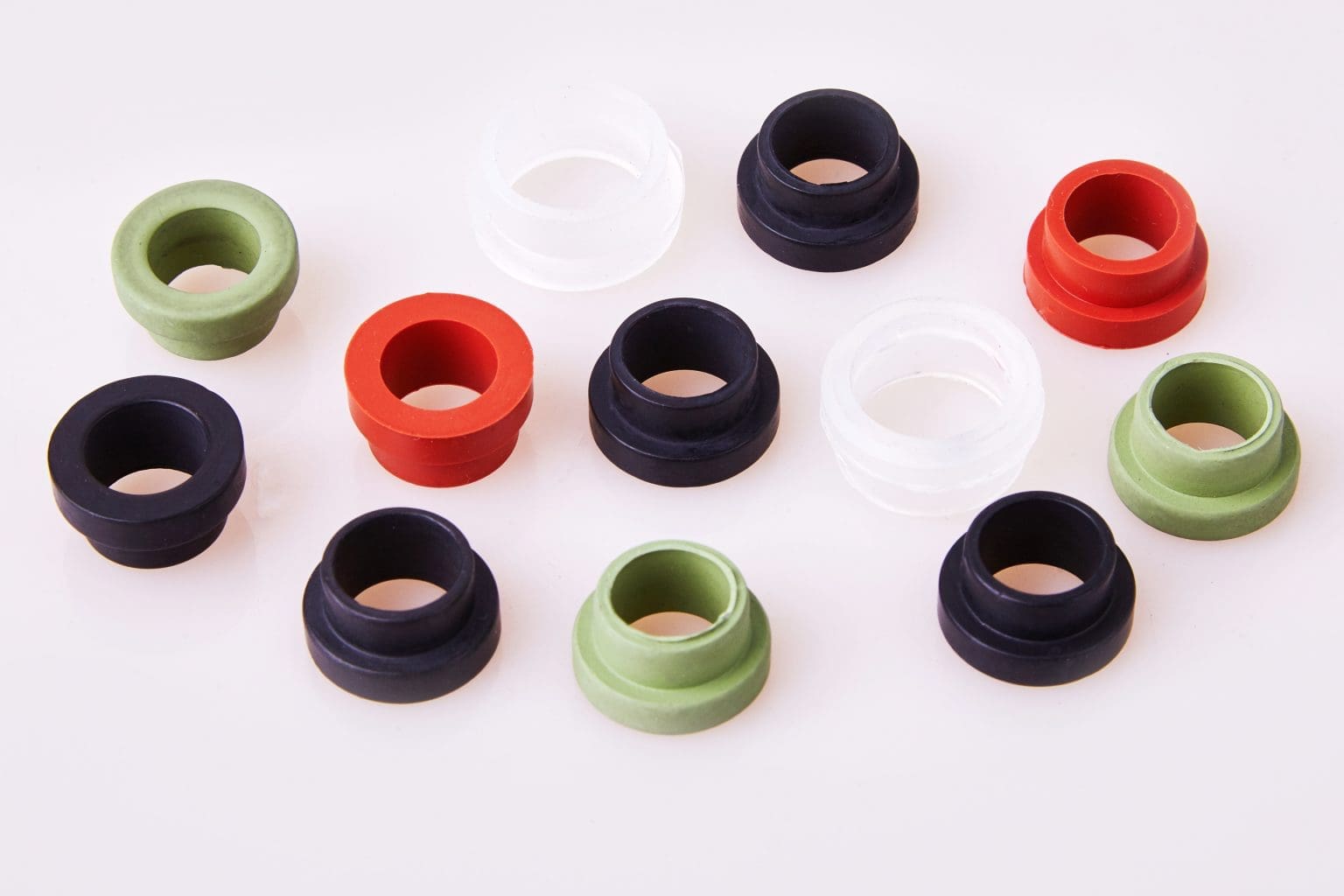Understanding Rubber Hardness: A Guide to Shore Hardness
Rubber hardness is a critical property that determines the material’s resistance to deformation under pressure. It plays a significant role in various industries, including automotive, manufacturing, and construction. Understanding rubber hardness is essential for ensuring the quality and performance of rubber products. In this comprehensive guide, we will explore the concept of rubber hardness, specifically focusing on Shore hardness measurement.

What is Shore Hardness Measurement?
Shore hardness measurement is a widely used method to quantify the hardness of rubber materials. It was developed by Albert F. Shore in the 1920s and has since become an industry standard. The Shore hardness value indicates the degree of indentation resistance of a material when a specific force is applied. It is a vital parameter for rubber manufacturers, as it helps determine the material’s suitability for specific applications.
Importance of Measuring Rubber Hardness
Accurate measurement of rubber hardness is crucial for several reasons. Firstly, it ensures the quality control of rubber products. By measuring the hardness, manufacturers can verify if the material meets the required specifications and if it will perform optimally in its intended application. Secondly, rubber hardness affects the functionality of the product. For example, a rubber seal with inadequate hardness may fail to provide an effective barrier against fluid or gas leakage. Lastly, measuring rubber hardness allows for consistency in production. By monitoring hardness values, manufacturers can maintain uniformity in their products, leading to improved customer satisfaction.
Understanding the Shore Hardness Scale
The Shore hardness scale is a standardised system that categorises the hardness of elastomers, including rubber materials. It consists of several scales, but the most common one used for measuring rubber hardness is the Shore A scale. The Shore A hardness value typically ranges from 0 to 100, with lower values indicating softer rubber and higher values indicating harder rubber. The scale provides a quantitative measure of the material’s resistance to indentation, allowing for easy comparison and evaluation.

Factors Affecting Rubber Hardness
Several factors can influence the hardness of rubber materials. One significant factor is the type of rubber compound used. Different rubber compounds have varying molecular structures, resulting in different hardness values. The curing process and the presence of additives, such as fillers or plasticisers, can also affect the material’s hardness. Additionally, external factors like temperature and humidity can cause variations in rubber hardness. It is essential to consider these factors when designing rubber products and conducting hardness measurements.

Techniques for Measuring Rubber Hardness
There are various techniques available for measuring rubber hardness, with the Shore durometer being the most commonly used method. The Shore durometer is a handheld instrument that applies a specific force on the rubber surface and measures the depth of indentation. The measured value corresponds to the material’s hardness on the Shore hardness scale. Other techniques, such as indentation hardness testing and rebound hardness testing, can also provide valuable information about rubber hardness. The choice of measurement technique depends on factors like the type of rubber, the desired accuracy, and the specific application requirements.
Applications of Shore Hardness Measurement
Shore hardness measurement finds extensive applications across various industries. In the automotive industry, it is crucial for evaluating the hardness of rubber seals, gaskets, and tires. In the construction industry, it helps determine the suitability of rubber materials for applications like flooring, roofing, and sealing. Shore hardness measurement is also essential in the manufacturing of consumer goods, such as rubber grips, handles, and buttons. By ensuring the appropriate hardness, these products can deliver optimal performance and durability.
Common Misconceptions about Rubber Hardness
There are a few misconceptions surrounding rubber hardness that need clarification. One common misconception is that higher hardness always equates to better quality. While hardness is an important factor, it is not the sole indicator of performance or durability. Other properties, such as flexibility and resilience, also play a significant role. Another misconception is that Shore A hardness is the only relevant scale for rubber materials. While it is widely used, there are other scales, such as Shore D and Shore OO, that cater to specific applications and materials.

Comparing Shore A Hardness to Other Hardness Scales
The Shore A hardness scale is commonly used for measuring the hardness of rubber materials. However, it is essential to understand how it compares to other hardness scales. For instance, the Rockwell hardness scale measures the indentation resistance of materials using different scales, including the HRA, HRB, and HRC scales. The Brinell hardness scale measures hardness by applying a specific force on the material’s surface. By comparing these scales, engineers and manufacturers can select the appropriate hardness measurement method based on their specific requirements.
Conclusion: Importance of Accurate Rubber Hardness Measurement
In conclusion, understanding rubber hardness and accurately measuring it is crucial for ensuring the quality, performance, and consistency of rubber products. The Shore hardness measurement provides a reliable and standardised method to quantify rubber hardness. By considering factors that affect rubber hardness and employing appropriate measurement techniques, manufacturers can design and produce high-quality rubber products that meet the desired specifications. Whether in the automotive, construction, or consumer goods industry, accurate rubber hardness measurement is essential for delivering optimal performance and customer satisfaction.
For more information on the right rubber compound to use for your application or to discuss your requirements – Contact on of our experts today

